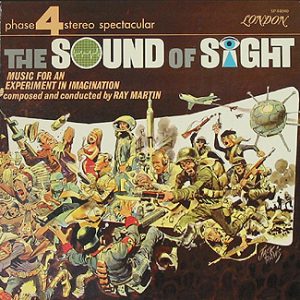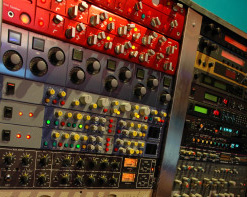
During the past few decades, an abundance of performance processors have been invented to add distortion to the sound coming out of a guitar. Two are particularly noteworthy.
The fuzz-tone effect pedal was first marketed in 1963, and as Charley Watkins described, “It was an exciting sound – as if the speaker cone was being torn apart.” In 1963, “Hold Me” by P.J. Probe was one of the first chart records to use a fuzz-tone, but the record to place fuzz-tone effects at the top of any guitar player’s shopping list was the 1964 debut single for The Rolling Stones, the classic “Satisfaction”.
Interestingly, Keith Richards dismissed the prominence of the fuzz effect as a gimmick. Countless recordings have been done with variations of that fuzz-tone sound. The second is the cry baby wah wah pedal, which can make the guitar sound as though it were speaking. As the pedal is rocked back and forth. a notch of frequencies are enhanced.
The wah wah remains a backbone sound of rock blues soul music and became a recognizable commodity when used by Jimi Hendrix on “All Along The Watch Tower” and Eric Clapton on Cream’s 1967 hit “Tales of Brave Ulysses.” Stereo itself became a fashion statement soon after it was introduced in the late 1950s when the first generation of “ultimate” playback systems appeared on the market.
People would fill hi-fi stereo shows that were held in most major cities. A great many successful recordings were produced for the stereo enthusiast. Trains, bongos and guitar solos would race from one speaker to the other.
No matter how small the listener’s accommodation might have been, the infinite space of recorded music could overlap and open the confined space the listener occupied. The sonic image of space had become a commodity.
Since those days when the pan knob was added to consoles, signal processing has become significantly more elaborate, diverse, and much more than merely an enhancement tool for the sound entering the microphone. It has become an integral part of the overall production.
Today, where the “musical instrument sound” ends and the “effect processor sound” begins is in most cases seamless. The development of 5.1 surround sound has allowed the consumer hi-fi industry to reinvent itself, as the consumer now sits in the showroom and hears why six loudspeakers are better then two – all the better to hear space ships wiz around the room.


